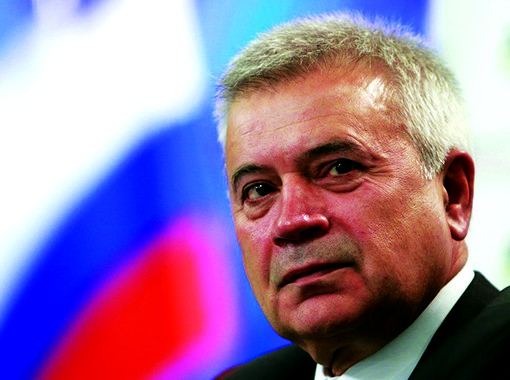
Lukoil posted a net profit of RUB105.4 billion (USD1.64 billion) in the first half of 2016 under IFRS, the company reported on September 10, 2016. Although Lukoil reported U.S. GAAP figures in 2015, it also provides IFRS figures for the first half of 2015, putting net profits at RUB167.8 billion (USD2.57 billion). Revenues from sales topped 2.5 trillion roubles (USD40 billion), down from RUB2.9 trillion (USD46 billion) in the first half of 2015. The EBITDA declined to RUB381.6 billion (USD5.84 billion) relative to the figure of RUB417.4 billion (USD6.39 billion) registered one year ago. Net profits in the second quarter of 2016 totaled RUB62.6 billion (USD970 million) on revenues of RUB1.3 trillion (USD20.24 billion). The EBITDA was RUB189.6 billion (USD2.95 billion). Analysts told Interfax in a consensus forecast that Lukoil’s net profit would total RUB107 billion (USD1.64 billion) in the first half of 2016 and RUB61.7 billion (USD940 million) in the second quarter alone.
Capex was RUB241.4 billion (USD3.69 billion) in the first half of the year, down from RUB304.8 billion (USD4.74 billion) seen in the corresponding period of the prior year. The free cash flow increased to RUB93.4 billion (USD1.43 billion), as compared to RUB79.9 billion (USD1.22 billion) a year earlier. Lukoil has planned for RUB550 billion (USD8.42 billion) in capex this year. “We think capex will be in the region of 550 billion roubles this year,” a representative of the oil company said on a conference call. Capex totaled RUB241.4 billion (USD3.76 billion) in the first half of 2016.
In the second quarter of 2016, sales revenues increased by 13.7 percent in relation to those seen in the previous quarter, while the EBITDA remained practically unchanged. The company’s profits grew 1.5-fold. The growth was driven primarily by higher average hydrocarbon prices, a trend that was partially offset by a lower compensation from the West Qurna-2 project, the rouble’s depreciation against the dollar and the euro, as well as a decrease in refining margins attributable to the increase in excise rates on refined products in Russia. The profit and profit growth was substantially impacted by the non-cash foreign exchange effect due to the high volatility of exchange rates.
In the first half of 2016, fiscal results decreased year-on-year, which was mainly due to lower average hydrocarbon prices, an increase in the oil extraction tax base rate, a lower compensation from the West Qurna-2 project, as well as a decline in refining margins. This was partially offset by a positive effect of the rouble’s depreciation against the U.S. dollar and the euro. Among other positive factors were higher refinery throughput volumes, a substantial improvement in the refined product slate, an increase in sales via high-margin channels, and effective cost control. The EBITDA increased by 7.1 percent quarter-on-quarter and remained practically unchanged compared to the performance statistics for the first half of 2015.
The production of oil and liquid hydrocarbons by Lukoil in the first half of 2016 (with account for the stakes in the production of dependent companies) amounted to 46.8 million tons (342.8 million barrels), against 49.6 million tons (363.4 million barrels) in the first half of 2015, the company said in a report. In total, hydrocarbon production in the first half of the year amounted to 411.1 million barrels of oil equivalent (2.3 million boe per day), which is 4.3 percent lower than the figure for the corresponding period of the previous year. The decrease is mainly due to the reduction of volumes at the West Qurna-2 project, the sale of the stake in Caspian Investment Resources in 2015, and also the natural decline in production at brownfields in Western Siberia, the company said.
Oil production growth was reached in the Timano-Pechora and the Volga region by 3.9 percent and 1.7 percent, respectively. There also was an increase in the production of commercial gas by 3.3 percent, mainly attributable to the international projects in Uzbekistan and Azerbaijan, specifically the start of production of commercial gas at the Korchagin field in the Caspian Sea. In the first half of 2016, the production of refined product at Lukoil’s own refineries increased by 5.3 percent year-on-year. The refining depth at the company’s Russian refineries increased by eight percentage points year-on-year to almost 86 percent.
Lukoil plans to sustain its current level of annual oil output. Falling production in traditional regions like West Siberia will be offset by new fields that come on stream this year: the Pyakyakhinskoye field on the Yamal Peninsula and the Filanovsky field in the Caspian Sea. Lukoil produced 100.7 million tons of oil in 2015.


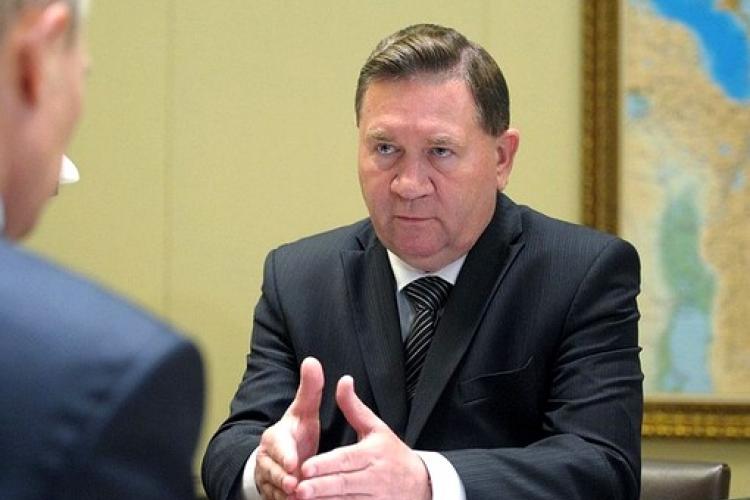
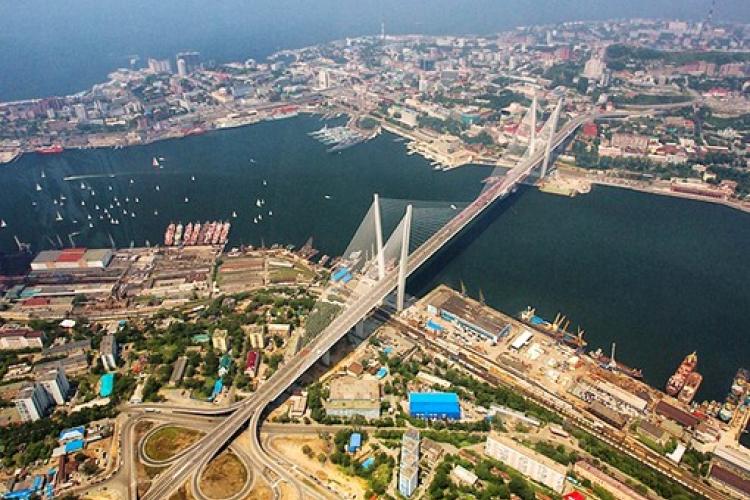

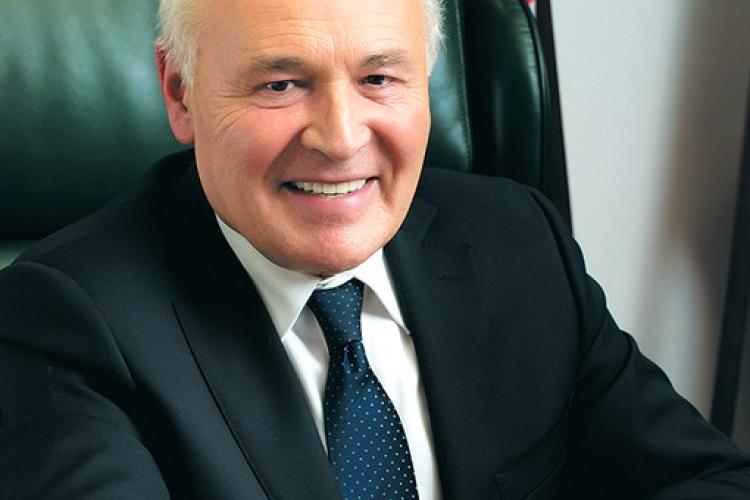



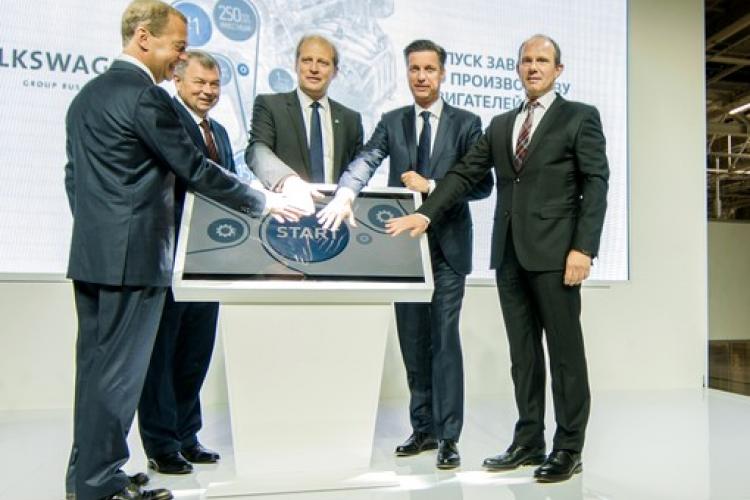
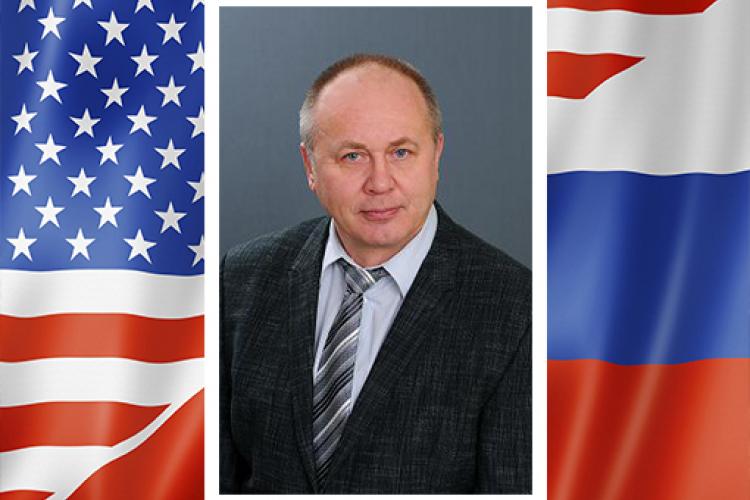

Leave a comment